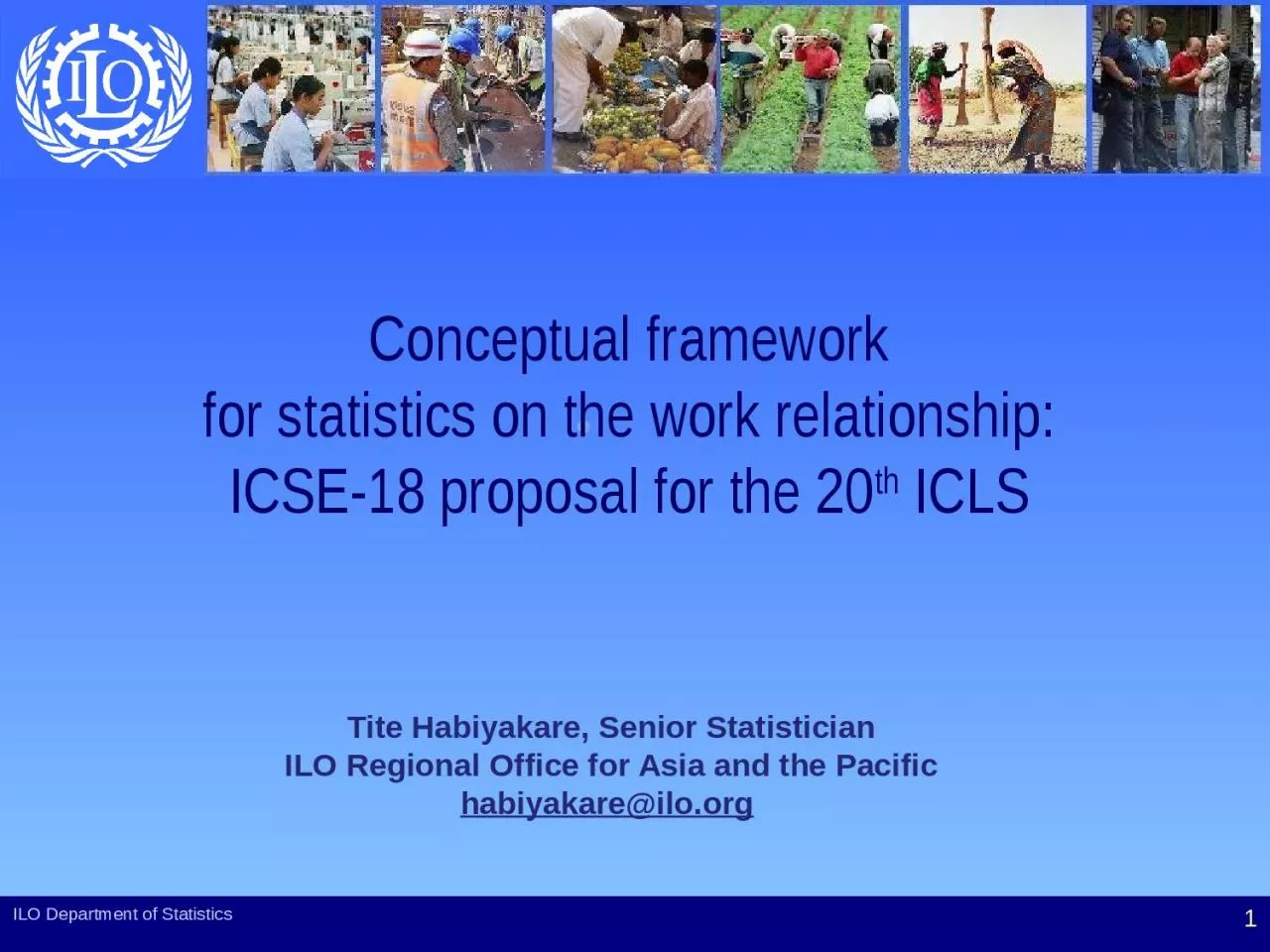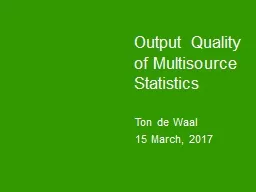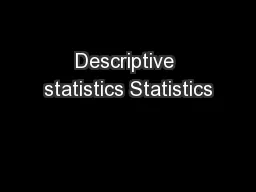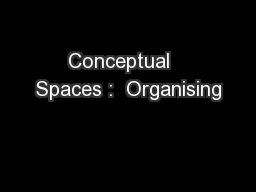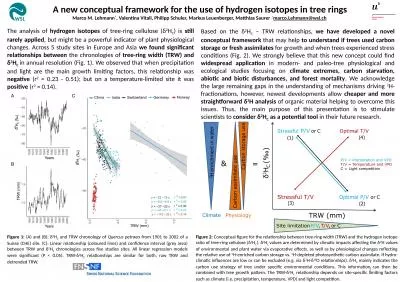PPT-Conceptual framework for statistics on the work
Author : ariel | Published Date : 2023-11-03
relationship ICSE18 proposal for the 20 th ICLS ILO Department of Statistics 1 Tite Habiyakare Senior Statistician ILO Regional Office for Asia and the Pacific habiyakareiloorg
Presentation Embed Code
Download Presentation
Download Presentation The PPT/PDF document "Conceptual framework for statistics on t..." is the property of its rightful owner. Permission is granted to download and print the materials on this website for personal, non-commercial use only, and to display it on your personal computer provided you do not modify the materials and that you retain all copyright notices contained in the materials. By downloading content from our website, you accept the terms of this agreement.
Conceptual framework for statistics on the work: Transcript
Download Rules Of Document
"Conceptual framework for statistics on the work"The content belongs to its owner. You may download and print it for personal use, without modification, and keep all copyright notices. By downloading, you agree to these terms.
Related Documents

